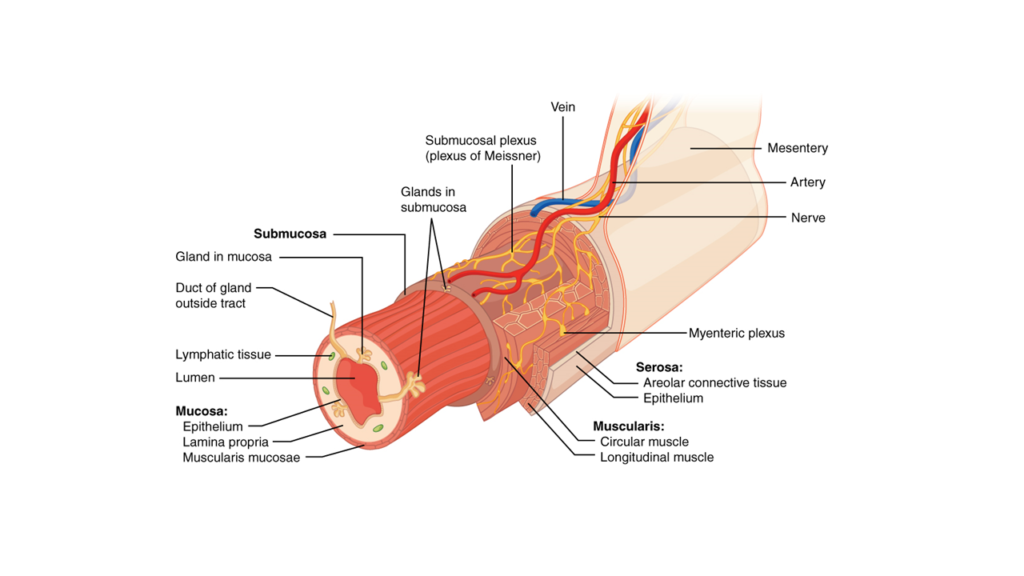Type I-IV
I : Unilateral, partial or total
II: Bilateral, partial, symmetrical
III: Total sacral agenesis, iliac bones articulated lateral to last lumbar vertebra. Variable lumbar agenesis
IV: Complete sacral agenesis with iliac bones fused beneath last lumbar vertebra




